
Looking for a design for an art project, or a tattoo idea that will forever remind you of your Irish heritage? Check out our list of the top 10 Irish Celtic symbols and their meanings for inspiration!
If you’ve ever been to the Emerald Isle, you’ll no doubt have come across some of the mysterious and beautiful symbols associated with Celtic Ireland.
The word “Celtic” refers to people who lived in Ireland and Western Europe from 500 BC and 400 AD, and the marks of their rich culture and history still survive today.
But what do they mean? Check out our list of most popular Irish Celtic symbols and their meanings below.
10. The Awen of the Three Rays of Light – the harmony of opposites

This neo-Druid symbol is said to represent the harmony of opposites in the universe, a theme which is shared by many Irish Celtic symbols.
The two outer rays are said to symbolise feminine and masculine energy, while the ray at the centre symbolises the place where they meet. It’s a symbol that has proved popular for tattoos and jewellery for years.
9. Brigid’s Cross – symbol of hope, life and spring
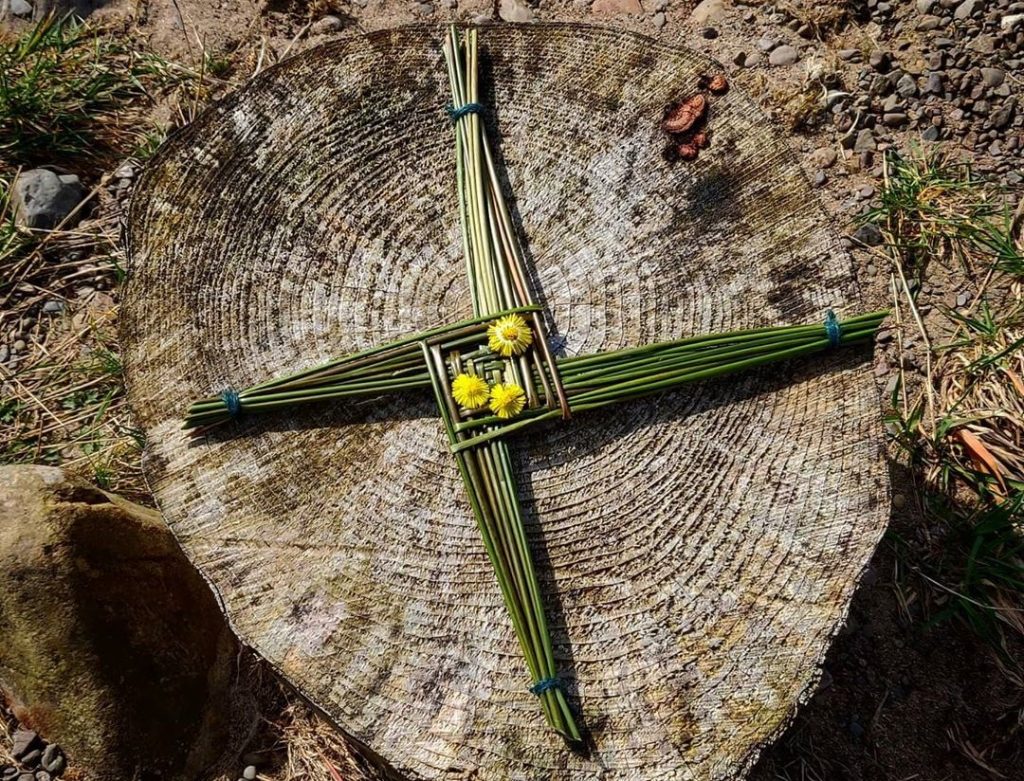
While usually associated with the Christian saint, St. Brigid of Kildare, this cross originally served as a dedication to and celebration of Brigid, the pagan goddess of spring. Celebrated on Imbolc (February 1st), an ancient festival of spring, many holy wells throughout Ireland are dedicated to her.
The intricate cross is traditionally made from interwoven rushes, and serves as a symbol of hope, life-giving, and the return of spring.
8. The Celtic Cross – one of the most famous Irish Celtic symbold
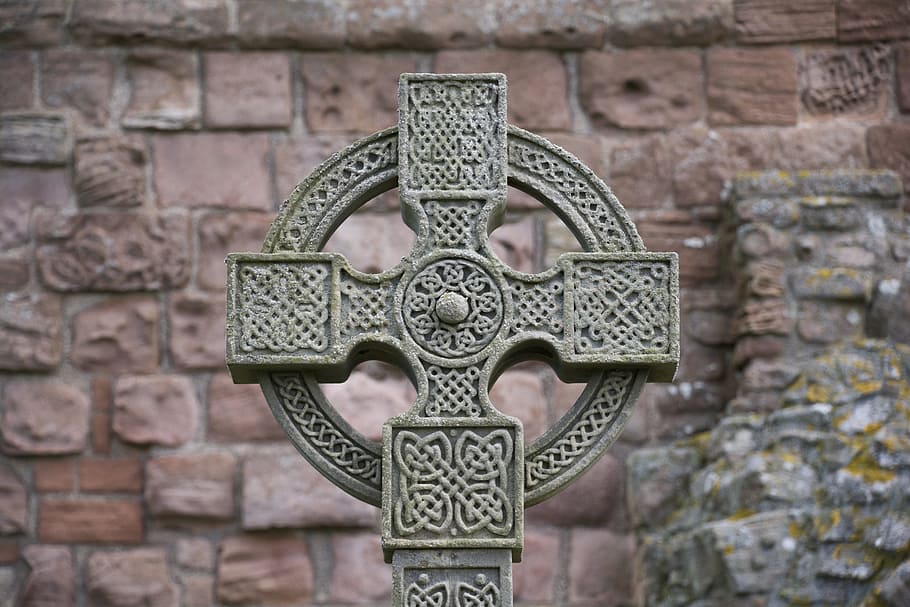
Similar to the Brigid’s Cross, the Celtic Cross has often been associated with Christianity. But there is evidence that it predates that religion by thousands of years.
Appearing throughout multiple ancient cultures, there is a theory that the cross symbolises the four elements considered sacred to ancient Irish people: earth, fire, air and water.
7. The Green Man – a mysterious Celtic symbol
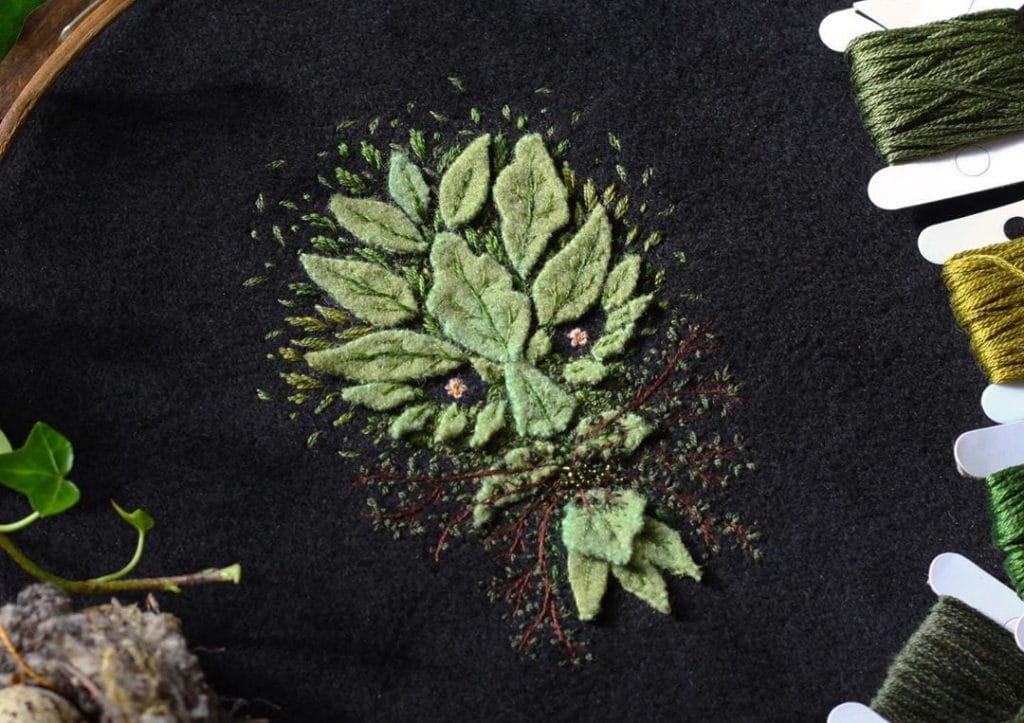
Carved into numerous buildings around both Ireland and Britain, this mysterious symbol has caught the imaginations of many.
The symbol of a man’s face, surrounded by green foliage is often associated with the month of May, and more specifically the ancient Celtic festival of Bealtaine. It is said to symbolise the return of summer and life to the land.
6. Tree of Life – representing balance and harmony

In ancient Irish Celtic culture, trees were an integral part of spiritual belief. They were seen to hold great importance and wisdom, and appear to have featured heavily in holy rituals at the time.
The Celtic Tree of life symbol is said to represent balance and harmony.
5. The Claddagh – one of the most popular pieces of jewellery
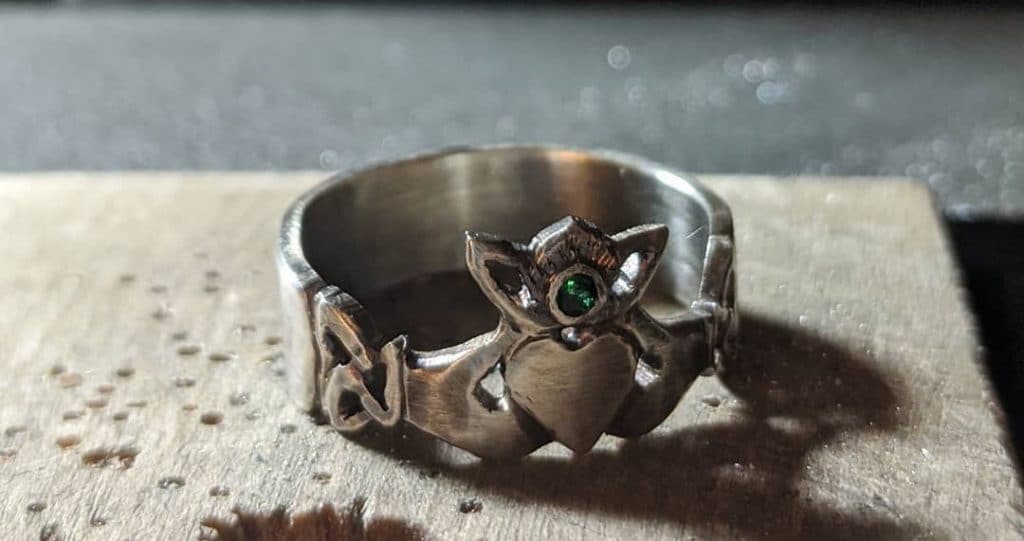
The Claddagh ring remains one of the most popular pieces of jewellery for use in weddings and unions, signalling its timeless appeal as an Irish Celtic symbol.
The heart on the ring is said to symbolise love, while the hands represent friendship. The Crown is said to symbolise loyalty.
4. Dara Knot – for strength and wisdom
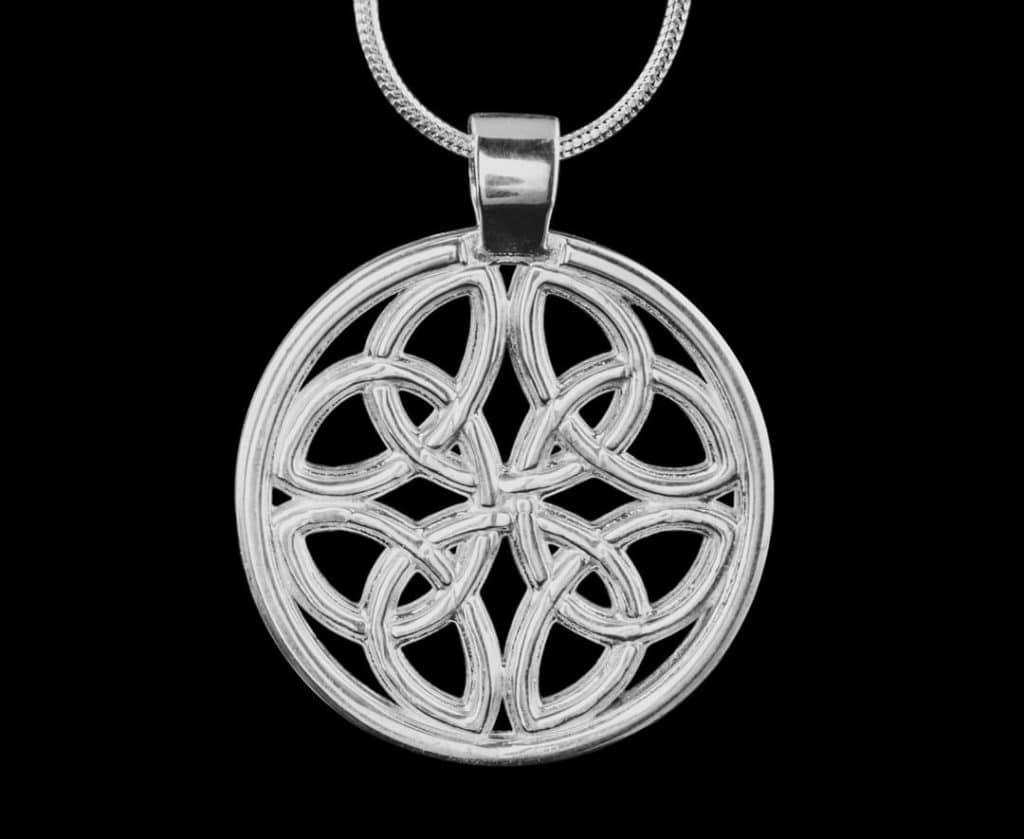
The word ‘dare’ comes from the Gaelic word ‘doire’, meaning ‘oak tree’. This mighty tree was revered by Celtic people and Druids as a symbol of great strength and infinite wisdom.
As such, this attractive symbol represents the same virtues: power, bravery and wisdom.
3. The Triquetra or the Trinity Knot – one of the most recognisable Irish Celtic symbols
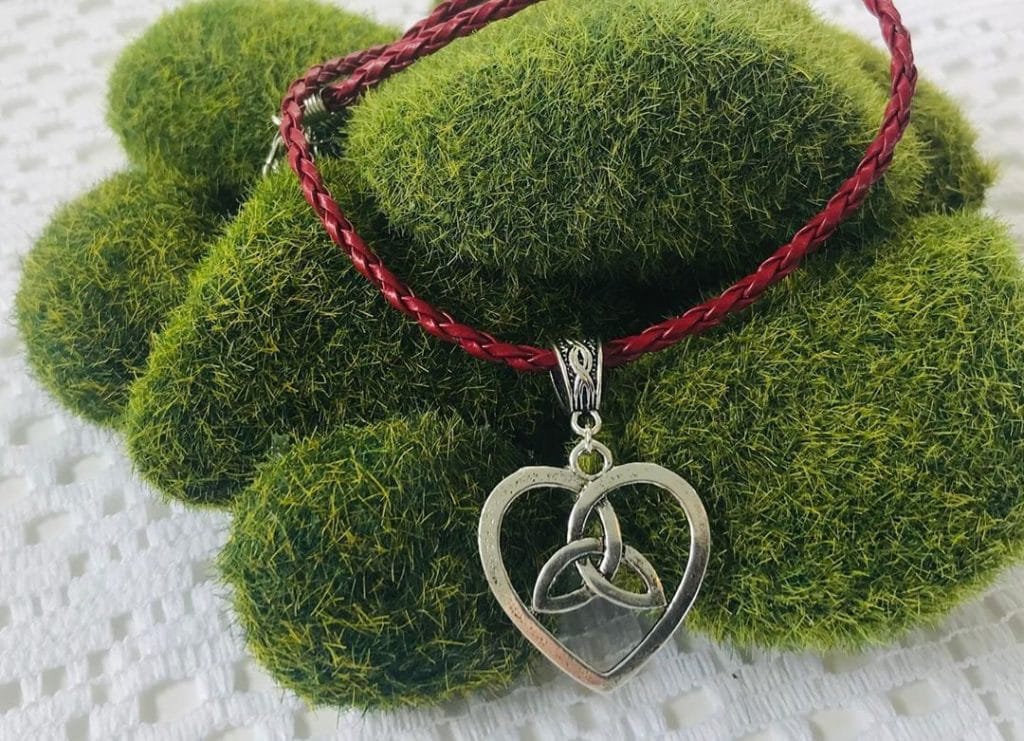
The Triquetra, otherwise known as the Trinity Knot, is one of the most recognisable Irish Celtic symbols. While it appears in the famous Book of Kells, written in the ninth century, it is said to be one of the oldest symbols of spirituality.
With no beginning and no end, it represents eternal spiritual life.
2. The Triskele – to represent trios
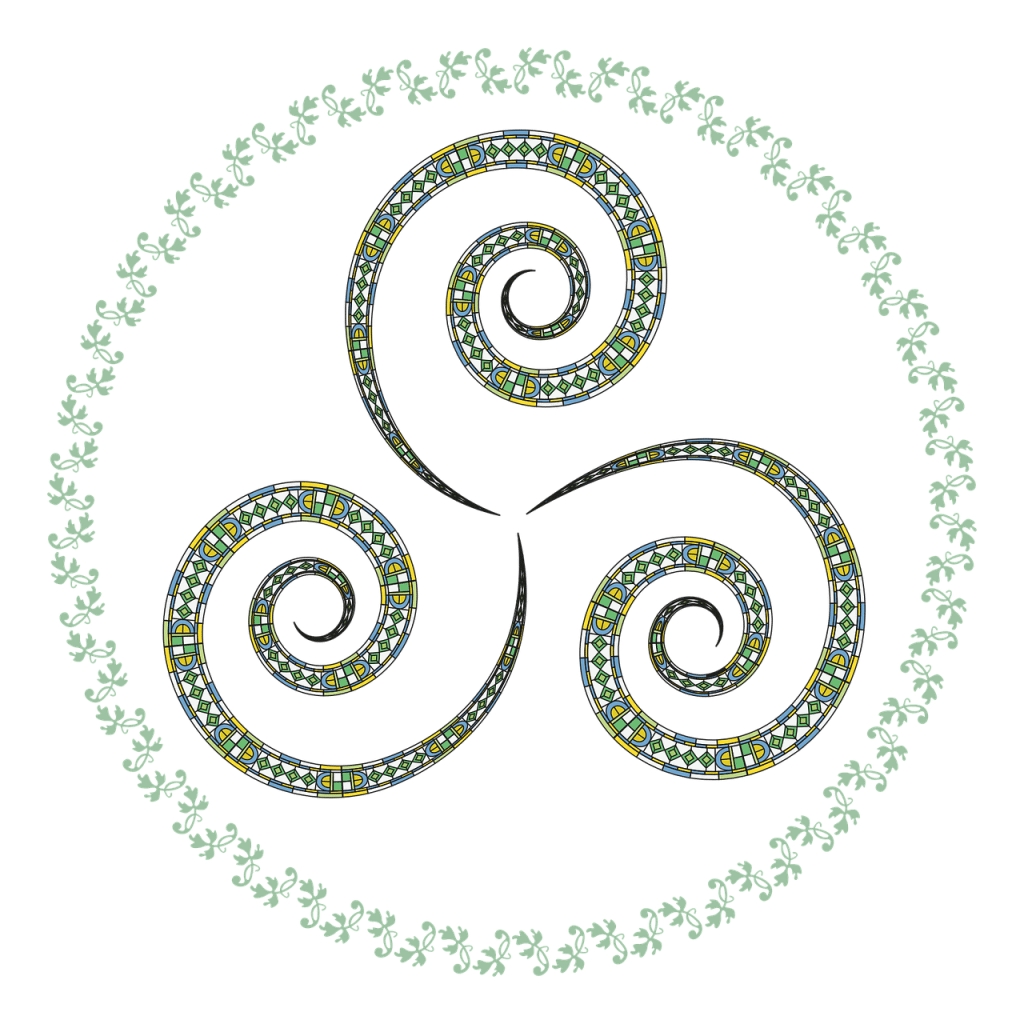
If you’ve ever been fortunate enough to visit the ancient site of worship, Newgrange, you might just recognise this symbol from the kerbstones surrounding the entrance to the passage tomb.
While variations of the symbol are found throughout various ancient cultures, this does seem particularly prevalent in what remains of ancient Celtic culture. It said to symbolise sacred trios, for example: life, death, rebirth; past, present, future; the three trimesters of human pregnancy; and many others.
1. The Shamrock – associated with St. Patrick
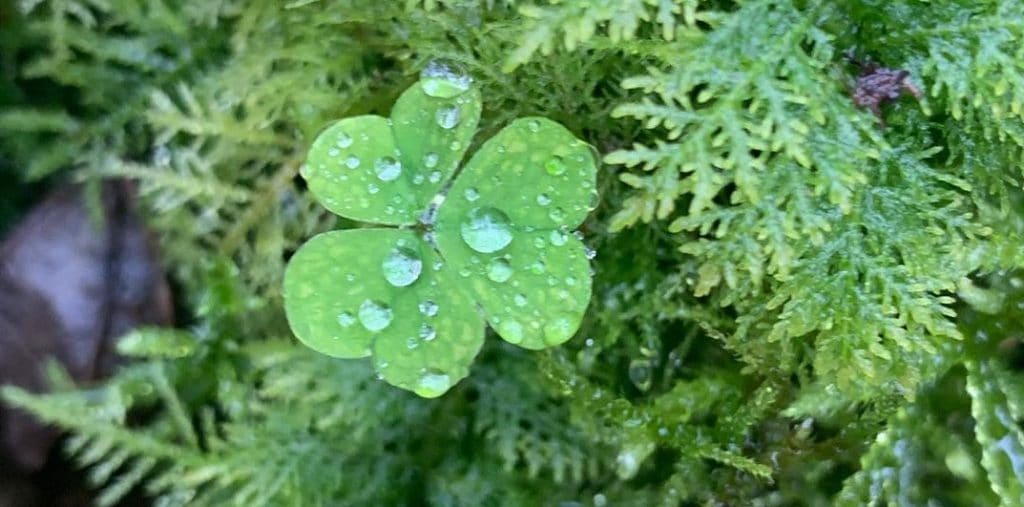
The symbol of the shamrock remains the most recognisable image people think of when Ireland is mentioned.
The plant is often associated with St. Patrick, the patron saint of Ireland who arrived in 433AB and brought Christianity to the land.
But the origins of the shamrock as a spiritual symbol can be traced back to an earlier time, with the number 3 being held sacred to the Celtic Irish. It is said to symbolise fortune.
Hopefully you feel more up to speed on Irish Celtic symbols and their meanings now, but if not, it’s a fascinating and rich subject ready for exploration. It’s also a great way to get in touch with your Celtic roots and heritage!

